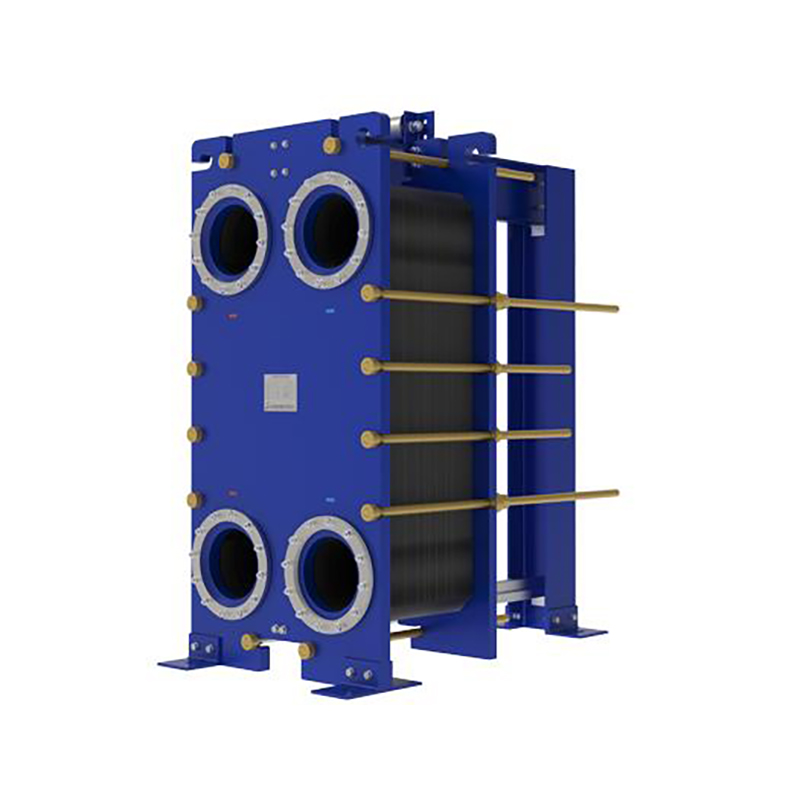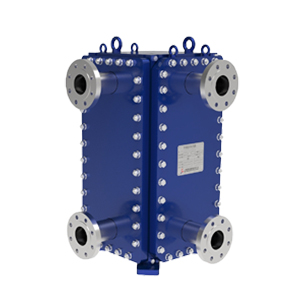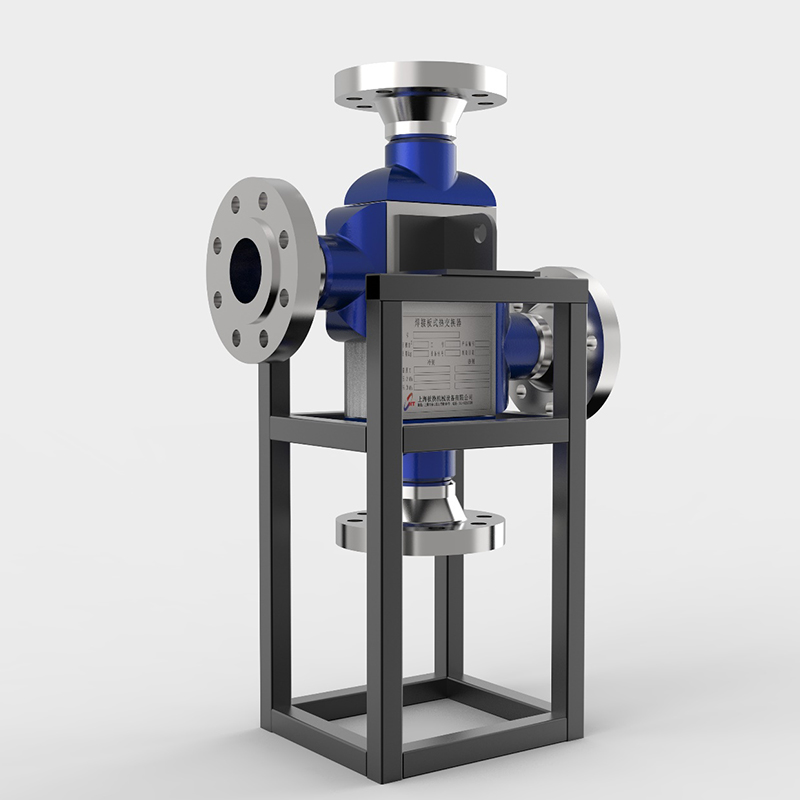5 key roles of plate heat exchanger gaskets.
Plate heat exchanger gaskets perform 5 key roles: ...
More
A shell and tube heat exchanger operates on the principle of conductive and convective heat transfer between two fluids at different temperatures, without them ever mixing. One fluid flows through a bundle of tubes (the tube side), while the other fluid is forced over and around these tubes within a sealed cylindrical shell (the shell side). Baffles are strategically placed inside the shell to direct the shell-side fluid flow across the tube bundle multiple times, creating a cross-flow or multi-pass configuration that drastically increases turbulence and heat transfer efficiency. The large surface area provided by the numerous tubes facilitates the efficient exchange of thermal energy. The hotter fluid surrenders its heat through the tube walls to the cooler fluid, resulting in the cooling of the hot medium and the simultaneous heating of the cold one. The specific design, including the number of tube passes (achieved by U-bends or tube sheets), allows engineers to optimize the unit for a vast range of duties, from simple temperature control to complex condensing or evaporating processes. This robust and versatile mechanism is the cornerstone of its widespread adoption in industries where reliable and efficient heat management is non-negotiable.
The construction materials for a shell and tube heat exchanger are meticulously selected based on the operating pressure, temperature, and the corrosive nature of the fluids being processed. The primary components include the shell, tube bundle, tubesheets, baffles, and heads or channels. The shell is typically a large cylindrical vessel constructed from carbon steel (ASTM A516) for general services or stainless steel (ASTM A240 316/316L) for corrosive applications. High-pressure or high-temperature units may use alloy steels or duplex stainless steels. The tube bundle consists of a multitude of tubes, which can be straight or U-tube design, made from materials like admiralty brass, copper alloys, stainless steel 304/316, titanium (for excellent chloride resistance), or nickel alloys (Inconel, Hastelloy) for extreme conditions. Tubes are expanded or welded into thick tubesheets, often made from forged carbon or stainless steel. Baffles, which support the tubes and direct flow, are commonly punched from carbon steel plate. The front and rear heads, which distribute the tube-side fluid, are cast or fabricated from the same material as the shell, with internals often lined with corrosion-resistant alloys for protection. Gaskets, typically spiral-wound with a stainless steel winder and flexible graphite filler, ensure leak-proof sealing between the shell and channel flanges.
Select the most popular foreign trade service products to meet your diverse needs
Learn more about the dynamics and professional knowledge of the foreign trade industry

Plate heat exchanger gaskets perform 5 key roles: ...
More
A gasket in heat exchanger seals surfaces, blocks ...
MoreAPI 662 defines standards for plate heat exchanger...
More
You can see clear differences between welded block...
More
A heat exchanger's main parts include the heat tra...
More
Ignoring a fouled heat exchanger causes high energ...
MoreSelect the most popular foreign trade service products to meet your diverse needs
Explore more content related to foreign trade services

User Comments
Service Experience Sharing from Real Customers
Michael Johnson
Process EngineerExceptional thermal efficiency and robust construction. This shell and tube heat exchanger has significantly improved our cooling process reliability with minimal maintenance requirements.
Sarah Chen
Maintenance SupervisorReliable performance under high-pressure conditions. The modular tube design makes cleaning and maintenance surprisingly straightforward compared to previous units we've used.
David Rodriguez
Plant ManagerOutstanding heat transfer coefficients and corrosion resistance. We've achieved 15% energy savings since installation while handling aggressive media in our production line.
Emily Watson
HVAC SpecialistPerfect for large-scale industrial applications. The counterflow configuration provides excellent temperature control and the compact design saved valuable floor space in our facility.